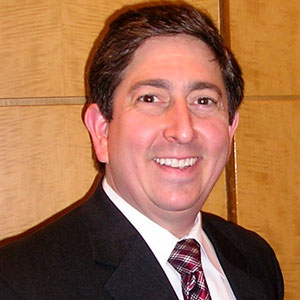
Budgets are political documents. When we look at a spreadsheet, for many of us the numbers are jumbles and the lines begin to blur. But reviewed closely, budgets are the prioritization of federal policy.
How Federal Budgets Work
Whether the Kiwanis Club or the U.S. Congress, budgets allocate the organization’s funds to projects and programs the membership wants to highlight. Surpluses provide opportunities to either conserve for a rainy day or to spend on additional services previously out of reach. This is exactly how the federal government operates as well.
Once revenue is collected, it is redistributed to discretionary, nondiscretionary, and mandatory accounts. Programs that are most familiar to Americans as mandatory are Medicare and Medicaid, Social Security, and the Pentagon. The others are at the discretion of the U.S. Congress and may fluctuate annually. These often are tied more to ideology and change with the leadership in the House of Representatives, the U.S. Senate, and the White House. Such leadership is supposed to mirror the desires of the electorate, so prioritizing the budget to reflect the will of the people should not be a surprise when the fiscal year’s budget is released. And yet, it almost always seems to be so.
The 2018 U.S. Federal Budget
Such was the case in March when President Trump released his proposed budget for the coming year. Even conservative Republicans backed away from the draconian cuts being suggested across the board, including:
- Department of State: –29%
- Department of Labor: –21%
- Department of Health and Human Services: –16%
- Department of Education: –14%
- Department of Energy: –9%
It was clear that these kinds of cuts would not pass in Congress. In particular, at a congressional hearing on Oversight and Government Reform, which has jurisdiction of the National Institutes of Health (NIH), almost without exception each member of the committee vowed to disregard these proposed funding levels.
In the abstract, vowing to reform spending is a concept on which we all can agree. However, when pen is put to paper and real numbers are placed in columns to determine funding levels for programs, personnel, and buildings, we all readjust our thinking.
To drill down in only one department, Health and Human Services, the cuts would have direct impact on the National Institutes of Health (NIH), the U.S. Food and Drug Administration (FDA), the Centers for Disease Control and Prevention (CDC), and the Centers for Medicare and Medicaid Services (CMS). This means less funding for the National Cancer Institute and the National Institute of Nursing Research at the NIH. This means fewer inspectors for quality standards in food and drug manufacturing at the FDA. This means less money for public health epidemics like Zika at the CDC. And this means less coverage for senior citizens and those with disabilities for medications and treatments through CMS. Real people with real health issues will be affected by these budget cuts.
Bipartisan Agreement on Funding Through September 2017
In early May, with only a week before a potential government shutdown, the U.S. Congress reached an agreement to fund the federal government through the end of the fiscal calendar on September 30. Although President Trump’s earlier-proposed “skinny” budget had limited support, a bipartisan agreement was reached that seemed to achieve the ideologic interests of both sides.
In particular, the NIH received a $2 billion increase for an allocation of $34 billion. Additionally, the Substance Abuse and Mental Health Administration also received an increase of $130.5 million for opioid addiction treatment services. This, too, has become a bipartisan initiative.
Not all health agencies fared as well. The CDC was marked up with a decrease of $13 million. Prioritizing which agencies and programs within them merit funding is challenging. The pie is only so large, and often tough choices have to be made.
However, federal investment in these agencies still has great bipartisan support. And although the political climate has shifted, the beauty of the American system is that a balance of power is maintained through constitutional means. The president may propose funding levels, but the U.S. Congress authorizes and appropriates the money.
The next several months will be a parade of activists engaged in advocacy to reorganize the federal budget for 2018, making their priorities top the list for expenditures. As former U.S. Speaker of the House Tip O’Neill said, “All politics is local.”






